By John Schmoker, Compliance Testing Services Project Manager
In somewhat of a departure from tradition, NERC’s most recently adopted protection and control standard, PRC-027-1, gives entities additional flexibility for establishing compliance. As is always the case however, multiple compliance options can result in unintended complexity and debate. Such is the case with PRC-027, but to better understand the issues – a little background first.
PRC-027 phases out parts of the retiring PRC-001-1.1(ii) requiring entities to “coordinate” all protective system changes. As many know, PRC-001 was vague at best and did not require entities to follow any specific process when making changes to protective devices. The new Standard requires entities to both define (R1) and follow (R3) a specific protection system coordination process. The process must include several criteria, most of which involve internal and external reviews, communication/coordination with electrically joined entities, and implementation of proposed changes. These aspects of the Standard are straightforward and leave little for debate.
In contrast, Requirement R2 introduces options that can drastically affect both the implementation timing and actions necessary for compliance. Initially, the options appear simple:
- Perform a Protection System Coordination Study (PSCS) every 6 years
- Compare present fault current data to a baseline fault current and only perform a PSCS if the difference is 15% (6-year cycle)
- A combination of both Options 1 & 2
Many Transmission Owners perform coordination studies on an ongoing basis, so Option 3 is the natural choice for those entities without the need for exhaustive investigation. However, Generator Owners (GO) may not have such a straightforward decision. For many GOs, coordination studies are typically performed during unit commissioning or major equipment upgrades and are therefore not maintained in the manner R2 dictates. At the plant level, the results of a PSCS will not change drastically over time as the equipment and protective settings are fixed until the equipment fails or becomes obsolete. Option 2 then becomes the logical choice for plants to prevent the need for expensive recurring coordination studies. At first glance, Option 2 allows entities to perform a simple comparison of available fault current to an established “baseline”. This equates to a short circuit analysis in lieu of a full PSCS, which is inevitably less expensive and can be completed using internal resources in many cases.
While Option 2 may lessen the long-term burden on GOs, it’s unfortunately not as simple as it appears. The debate and complexity rests in the phrase “established fault current baseline” and the accompanying relevant footnote within the Standard. The footnote essentially states that a PSCS must be completed to establish a fault current baseline. If that is indeed the case, entities which plan to use Option 2 are required to complete the PSCS and establish a baseline fault current by the Standard’s implementation date of October 1, 2020. While this strategy yields less expense over time, the scope of work and associated cost must be planned for in the near-term. Alternatively, if Option 1 is chosen, the first PSCS is not required for an additional six years (October 1, 2026), which can provide a welcomed short-term financial buffer. In either case an initial PSCS must be completed if not already available.
In summary, multiple options introduce added complexity. It will be imperative for entities to review their internal processes and make informed decisions balancing short-term compliance goals and long-term financial efficiencies in their pursuit of compliance with NERC’s new PRC standard.











